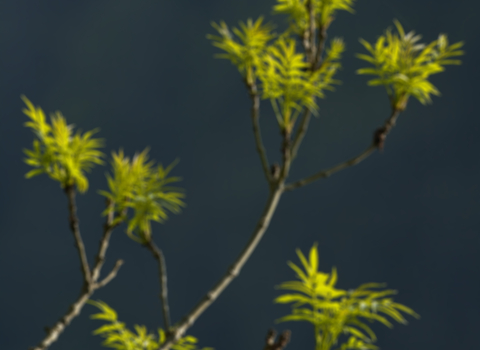Ash dieback is a disease that has been sweeping its way across the country killing off a majority of ash trees where it hits. The disease is spread by fungal spores and results in branches dying back and falling off and the eventual death of the tree in almost all cases. We recognise the damage to people, property and wildlife that this disease has the potential to cause and follow expert advice to take proactive steps that mitigate the effects.
Ash trees in infected woodlands pose a threat to people, wildlife, and property
Over time, ash trees infected with the disease become unpredictable, making them more dangerous and expensive to deal with the longer that they are left. Ash trees in infected woodlands pose a threat to people, wildlife, and property, particularly on the sides of busy roads, so we will remove the ash trees within road striking distance. We will judge each of our nature reserves on a case by case basis and the likelihood of the trees causing injury or damage.
Where infected woodlands contain a high density of ash trees, we may also remove a proportion of ash in favour of other species. We will retain saplings and larger trees that show fewer symptoms as it is thought that some ash will be genetically resistant to ash dieback. This management aims to give a head start to the woodland recovery following the initial impact, with alternative species and resistant ash trees ready to replace the ash that is lost.

